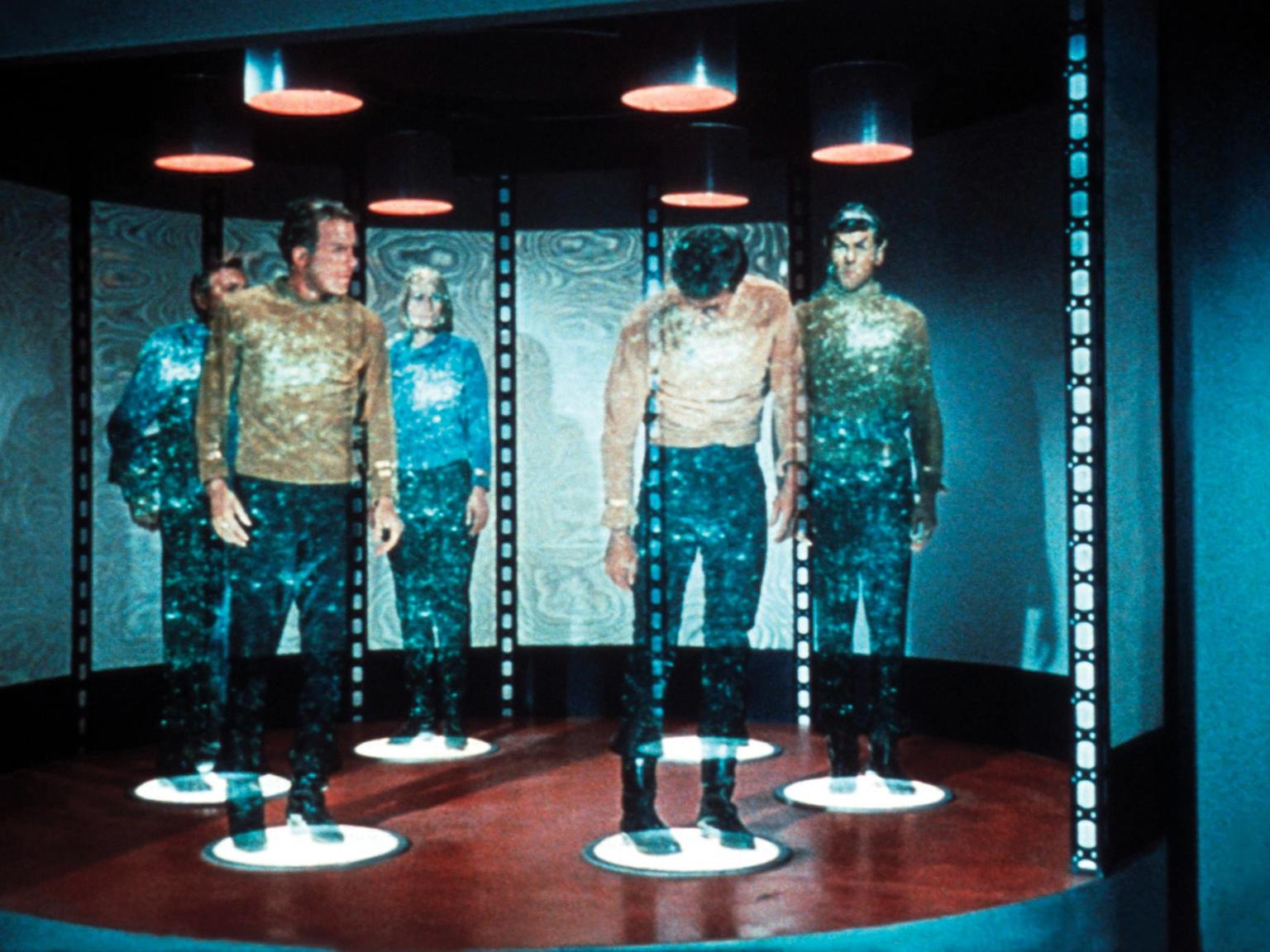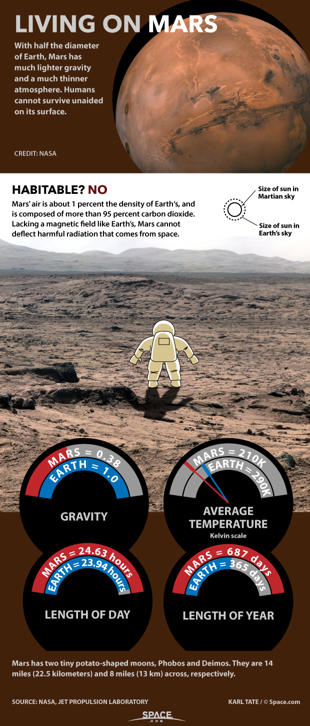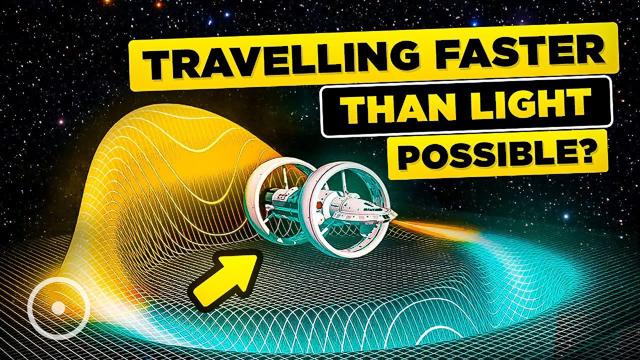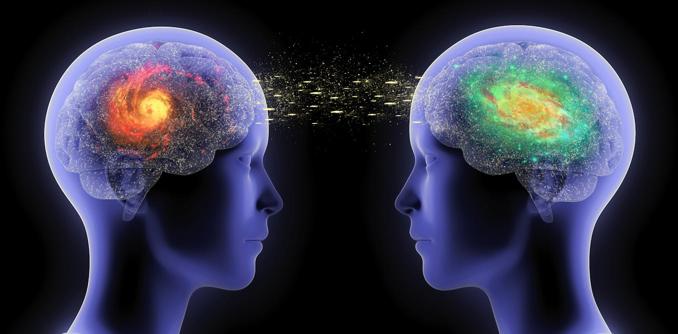Is Human Teleportation Feasible?
Exploring the Science and Possibilities of Human Teleportation

Frequently Asked Questions
Quantum teleportation refers to the transfer of quantum states between particles without physical movement, while human teleportation involves the theoretical transfer of a person or larger matter, necessitating complete reconstruction of every atom, which is currently beyond our technology and understanding.
The ethical implications include concerns regarding individual identity, the potential for destruction of the original body, questions about consciousness during the teleportation process, and the impact on society, trust, and interpersonal relationships.
Step by Step Guide
1
Understanding Teleportation
Teleportation is a theoretical concept often portrayed in science fiction that suggests the possibility of instantly moving matter from one location to another without traversing the physical space in between. This step involves examining the basic definition and the different contexts in which teleportation is discussed.
2
The Basics of Quantum Mechanics
To explore the feasibility of human teleportation, it’s essential to understand quantum mechanics, which is the branch of physics that deals with phenomena at atomic and subatomic levels. Key concepts include quantum entanglement and superposition, foundational elements in the discussion of teleportation.
3
Quantum Teleportation Explained
Quantum teleportation is a process by which the quantum state of a particle can be transmitted from one particle to another, without transferring the particle itself. Understanding this process helps clarify the difference between the teleportation of information versus actual physical matter.
4
Current Scientific Experiments and Research
Explore recent scientific experiments that attempt to harness quantum teleportation. Researchers have successfully teleported quantum states of photons and atoms, paving the way for quantum communication and computing, but human teleportation remains a distant prospect.
5
Theoretical Models for Human Teleportation
Delve into theoretical models that have been proposed for human or larger-scale teleportation. These models often involve complex calculations about data storage, transmission, and reconstruction of every atom in a human body, as well as the ethical implications of such processes.
6
Technological Challenges to Human Teleportation
Discuss the enormous technological challenges that would have to be overcome to make human teleportation feasible, including the need for advanced scanning technology that can capture the information of every atom in a human body.
7
Ethical and Philosophical Considerations
Evaluate the ethical concerns related to teleportation, including questions about identity, consciousness, and the potential destruction of the original matter during the teleportation process. These philosophical discussions are crucial in assessing the viability of human teleportation.
8
Public Perception and Media Representation
Investigate how teleportation is portrayed in popular culture and public perception, contrasting the often romanticized view found in movies and TV shows with the current realities of scientific understanding.
9
Future Prospects and Possible Developments
Speculate on the future of teleportation, including potential technological advancements that could one day enable human teleportation. Consider the timelines and innovations in the fields of physics, engineering, and computer science.
10
Conclusion: The Feasibility of Human Teleportation
Summarize the key takeaways, reiterating that while teleportation remains a captivating concept, extensive advances in science, technology, ethics, and public understanding are required for it to become a reality.








